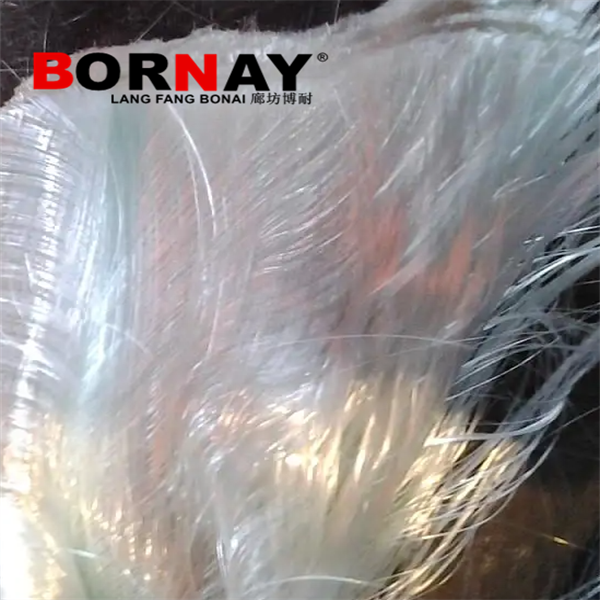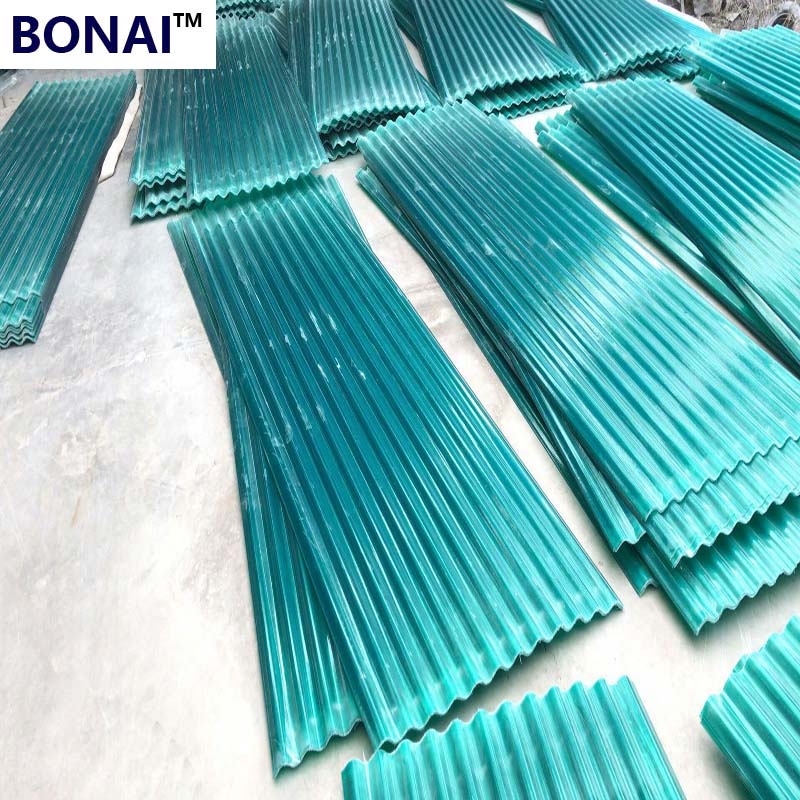A publication of the Archaeological Institute of America
Decorative Roof Tiles from Tang Dynasty Temple Analyzed Construction Material Polycarbonate

XI’AN, CHINA—According to a statement released by Kanazawa University, researchers from Kanazawa University and the Chinese Academy of Social Sciences examined the end caps of more than 400 curved roof tiles recovered from Ximing Temple, which is located at the site of the Tang Dynasty (A.D. 618–907) imperial capital in central China. Team leader Meng Lyu said the variations seen in the tile ends include simple and complex lotus flower patterns, and marks left behind by the molds as they deteriorated. The number of variations increased in tiles manufactured during the Late Tang period, added team member Guoqiang Gong, indicating that individual artisans likely made these tiles. In contrast, the older, more uniform tiles may have been produced in a centralized manufacturing process during the early Tang period. The researchers also determined that the tile ends were manufactured with two separate methods, perhaps because they were made in different places. One method produced compound petal patterns and curved incisions, while the other yielded simple petal patterns and scratched incisions, explained team member Chunlin Li. To read about a Tang noblewoman's tomb, go to "Prized Polo...Donkeys?"

Frp Plastic Panels Uncovering a new Easter Island statue, the first equestrians, a sphinx’s familiar smile, 14,000-year-old mastodon spearpoints, and an early Chinese toilet